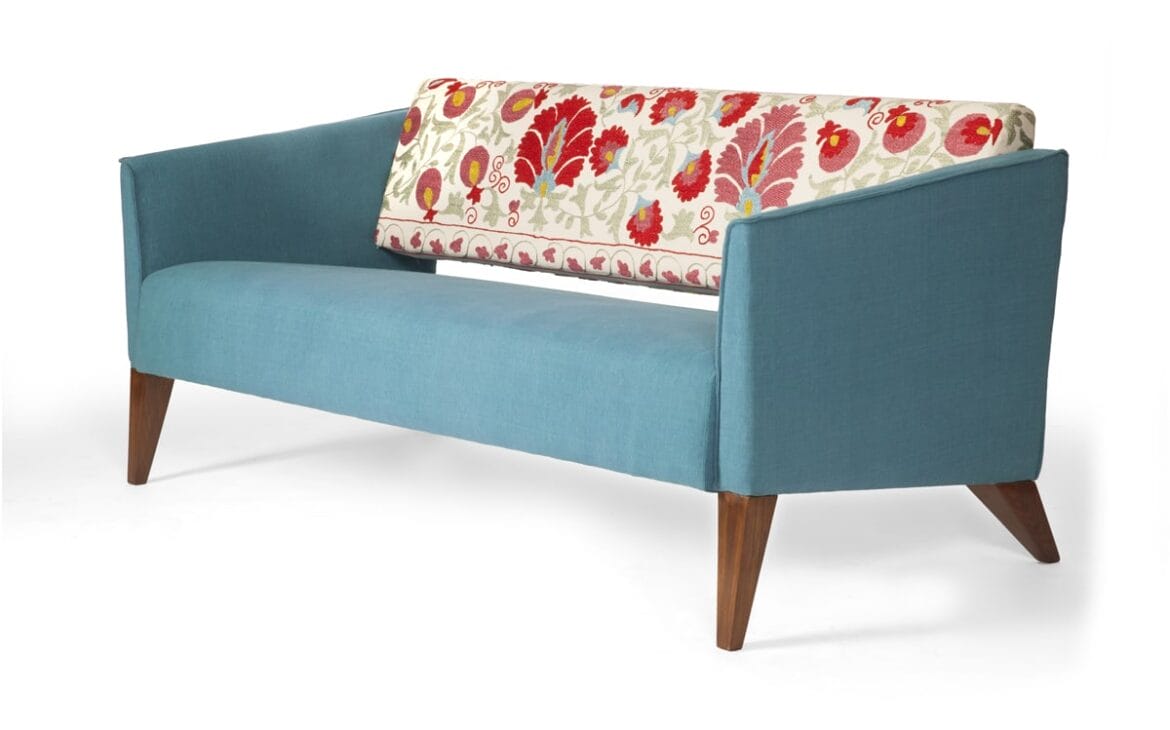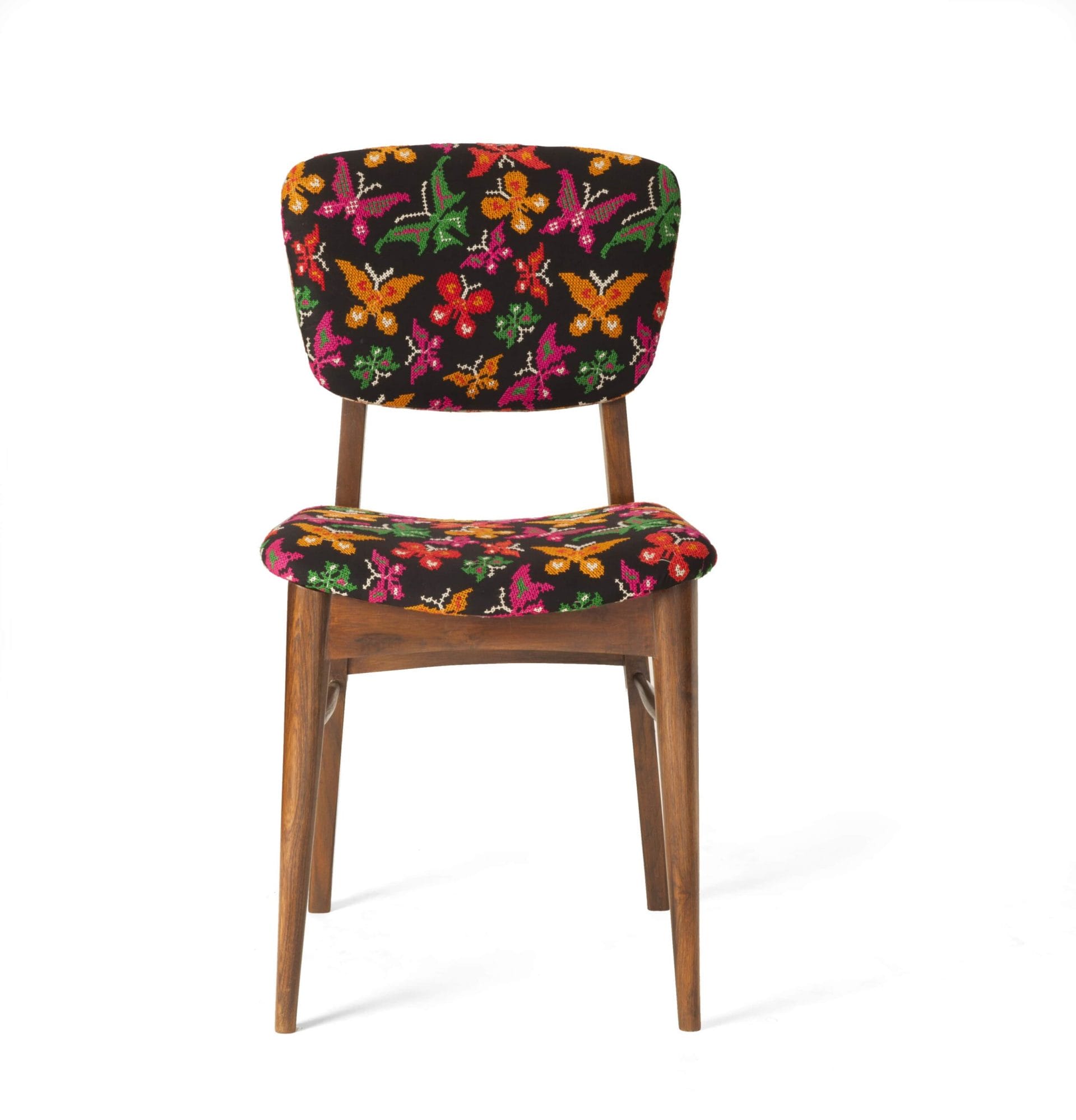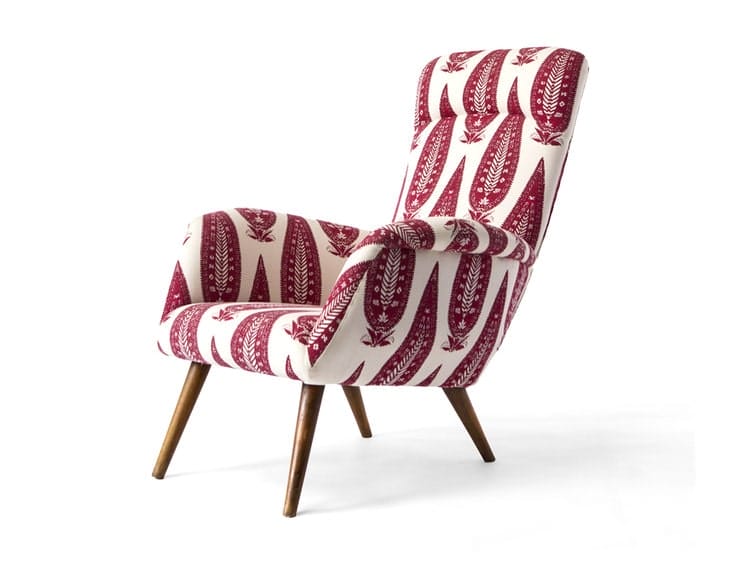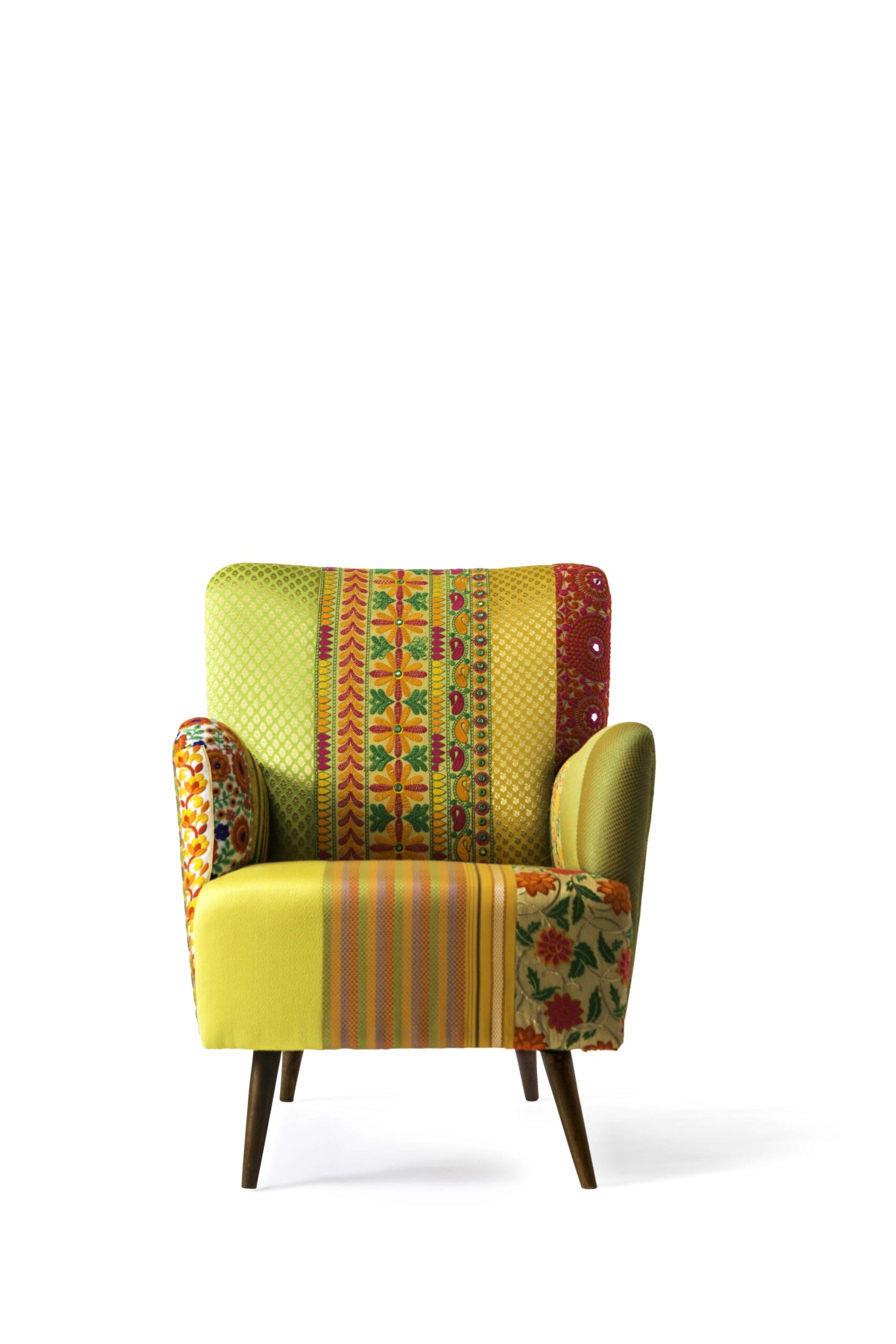Nature has been our source of sustenance just as much as it has been our source for inspiration. It is hence not surprising to find it seep into our urban dwellings rapidly, except it does so more in spirit now than in actuality.

What started as a scientific art-form for study and analysis, natural and botanical art has made a rather fashionable comeback in our lives now. Even though artists and naturalists have taken inspiration from flora and fauna for centuries together, it is now more than ever that these subjects are resonating and speaking universally. From clothing to wallpapers, notebooks to kettles, our love for leaves has certainly stretched par imagination.

In my belief, we all take to botanical art because it echoes and harks back to our most primal experiences. For all the eons leading into the modern era, humans were cradled inside the wild. Now even though we’ve long moved away from the wild, it is this evolutionary familiarity and instinct to live close by it that has found its way into urban living. Since most of us don’t have the luxury of space and time to connect with it, it is bound for us to strike this balance in the way we are. This idea is best said in the words of self-taught botanical illustrator Nirupa Rao, as she says“People across the board are feeling a profound disconnect from nature, and perhaps botanical art is an accessible inroad by which we seek to re-establish that connection”.

Addressing natural influence in fabrics particularly, natural prints are popular because of their flexibility across mediums. You could add these fabrics as rugs, upon furniture, as curtains, for accent cushions and go endlessly on. They can instantly add charm to any space and are evergreen as far as style is concerned. I’d like to point out how our perception of nature-inspired fabrics is the rather typical. Though there is nothing wrong with this, one must not exclude geometric prints when thinking of integrating nature. So much of what is organic and natural is just sophisticated geometry: from honeycomb formations to the fibonacci sequence seen upon a cauliflower! You could also add botanical elements in fabrics not in the overdone sense of prints, but as colour palettes also. Using fabrics in shades of reds, green, yellows and pinks could all evoke the sense of a natural surrounding. Even woven fabrics can achieve a similar feel.

In the broader sense of the subject, good design is meant to bring us closer to the present moment and compel us to fully engage with it. It exists to fill joy and awareness in every living moment or at least serve as a reminder. Because nature evokes similar joy that automatically compels us to slow down, fabrics inspired from it mimic the same joy and awareness. And with awareness, calmness follows. It is hence why integrating natural elements in the form of fabrics has taken such a following.

Taking that on, at Baro Design we strive to evoke this awareness through all our pieces. We constantly explore how to engage with this state of being, daily, creating objects built to anchor the moments that make the human experience memorable and meaningful. We seek the playfulness in simplicity that nature so often has, like in the teasing curl of a tulip petal. Above all, we strive for sustainability. We use only reclaimed teakwood and try our best to minimise our ecological footprint. For to be inspired by nature means to respect it.

Ambrosia 
Khiva
Wrapping up on one last thought: the resurgence of botanical art, fabrics, and design are all a euphemism of sorts. They are reminders, albeit subtle, of an otherwise harsh reality that is our current environmental crisis. Our generation is alarmingly losing a lot of our natural wealth, and we are clearly wanting to hold on to it. If we’re all being optimistic, maybe abstracting nature and bringing it inside could have a much deeper ecological benefit. Maybe, just maybe, we might start connecting and caring for living botany as much as we care for our botanical set of chairs.























